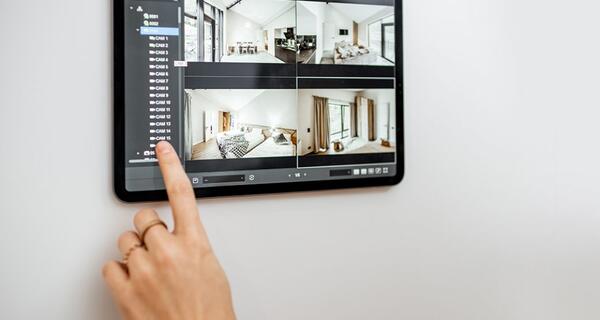
Monitoring System for Elderly People for Their Safety
As the global population ages, ensuring the safety and well-being of elderly individuals has become a paramount concern. Advances in technology have introduced innovative solutions, among which monitoring systems for elderly people stand out.
Understanding the Elderly Monitoring System
Best elderly monitoring system refers to a network of devices and software that work together to monitor the health, safety, and well-being of senior citizens. These systems typically include sensors, wearable devices, and communication tools that collect and transmit data to caregivers, family members, or healthcare professionals. The primary goal of an elderly monitoring system is to ensure that the elderly can live independently while still being under vigilant supervision.
Key Components of an Elderly Monitoring System
- Sensors and Wearables: These devices are placed around the home or worn by the elderly to track movement, detect falls, and monitor vital signs such as heart rate and blood pressure.
- Communication Devices: Smartphones, tablets, or dedicated communication devices enable the elderly to stay in touch with caregivers and emergency services.
- Centralized Software Platform: This platform collects data from various sensors and devices, analyzes it, and alerts caregivers if any abnormalities or emergencies are detected.
- Emergency Response System: Features such as panic buttons or automatic emergency calls ensure that help is quickly dispatched in case of a critical situation.
How Elderly Monitoring Systems Work
Elderly monitoring systems operate through a combination of real-time monitoring, data analysis, and emergency response mechanisms. Here’s a breakdown of how these systems function:
Data Collection
Sensors and wearable devices continuously gather data related to the elderly person's daily activities, health metrics, and environmental conditions. For example, motion sensors can detect if the person has fallen, while health monitors can track vital signs.
Data Transmission
The collected data is transmitted to a centralized platform, usually via wireless networks. This platform aggregates the information and presents it in a user-friendly interface for caregivers and family members to review.
Data Analysis
Advanced algorithms analyze the data to identify patterns and detect any anomalies. For instance, a sudden drop in activity levels might indicate a health issue, prompting an alert.
Alerts and Notifications
When the system detects a potential problem, it sends alerts to designated contacts. These notifications can be in the form of text messages, emails, or app notifications, ensuring that caregivers are promptly informed.
Emergency Response
In case of emergencies, such as a fall or a significant health deterioration, the system can automatically contact emergency services, providing them with the necessary information to respond quickly.
Benefits of Elderly Monitoring Systems
Implementing an elderly monitoring system can significantly enhance the safety and quality of life for senior citizens. Here are some key benefits:
- Enhanced Safety: Continuous monitoring helps prevent accidents and ensures that immediate help is available in emergencies.
- Peace of Mind for Families: Families can stay informed about their loved one’s well-being without constant physical presence.
- Health Monitoring: Regular tracking of vital signs allows for early detection of potential health issues.
- Cost-Effective Care: Reduces the need for constant in-home caregiving, thereby lowering costs.
Features to Look for in an Elderly Monitoring System
When choosing an elderly monitoring system, consider the following features to ensure comprehensive safety and reliability:
- Fall Detection: Essential for promptly addressing falls, which are a common risk for elderly individuals.
- Vital Signs Monitoring: Tracks important health metrics like heart rate, blood pressure, and oxygen levels.
- GPS Tracking: Useful for seniors who are prone to wandering or have memory issues, ensuring they can be quickly located.
- Two-Way Communication: Allows direct communication between the elderly person and caregivers or emergency services.
- Activity Tracking: Monitors daily activities to ensure the person is maintaining a healthy routine.
- Customizable Alerts: Ability to set personalized thresholds and notifications based on individual health needs.
- Battery Life and Reliability: Devices should have long battery life and be dependable to ensure continuous monitoring.
Conclusion
As the elderly population continues to grow, the need for effective monitoring systems becomes increasingly critical. These systems not only enhance the safety and well-being of elderly individuals but also provide invaluable peace of mind to their families and caregivers. By understanding the functionality and benefits of an elderly monitoring system, families can make informed decisions that will significantly improve the quality of life for their elderly loved ones.
Investing in a reliable and comprehensive elderly monitoring system is a proactive step towards ensuring that seniors can live independently while still being under constant, protective surveillance.